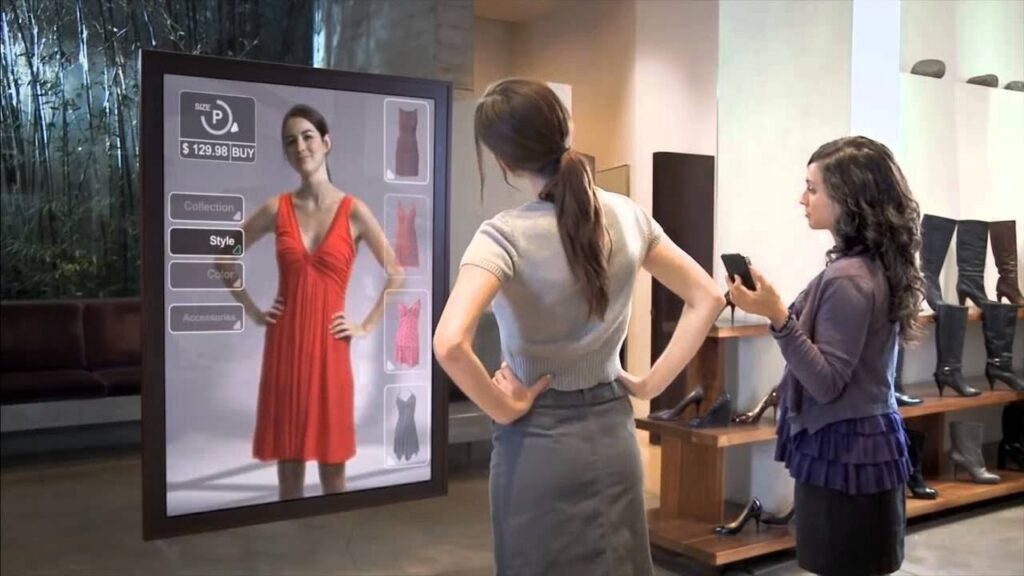
A clothing store simulator helps with social media integration in the following ways:
- Social Media Widgets: Integrates social media widgets into store designs, allowing customers to access and interact with your social media profiles directly from the store environment.
- Social Sharing Buttons: Includes social sharing buttons that allow customers to share products, promotions, and store experiences on their social media channels.
- User-Generated Content: Encourages customers to share photos and videos of their store experiences on social media using branded hashtags, which can then be integrated into store displays.
- Social Media Contests: Runs social media contests and promotions that encourage customers to engage with your brand on social media and drive traffic to your store.
- Influencer Collaborations: Partners with social media influencers to promote your store and products to their followers, increasing brand visibility and driving sales.
- Social Media Analytics: Uses social media analytics to track the effectiveness of social media integration strategies and optimize future campaigns.
- Customer Engagement: Enhances customer engagement by providing opportunities for customers to connect with your brand on social media and share their experiences with others.
- Brand Awareness: Increases brand awareness by leveraging the power of social media to reach a wider audience and attract new customers to your store.
- Real-Time Feedback: Gathers real-time feedback from customers on social media integration strategies to identify areas for improvement and make adjustments as needed.
- Scalability: Easily replicates successful social media integration strategies across multiple store locations to ensure consistency and brand coherence.
By providing tools and features that help you integrate social media into your store environment, a clothing store simulator helps you engage customers, increase brand visibility, and drive sales both online and offline.
How Can a Clothing Store Simulator Help You with Customer Segmentation?
A clothing store simulator dress shop helps with customer segmentation in the following ways:
- Demographic Analysis: Allows you to input demographic information such as age, gender, and income level to simulate different customer segments.
- Customer Behavior Modeling: Simulates different customer behaviors and preferences based on demographic information, allowing you to tailor your store designs to specific customer segments.
- Product Preferences: Analyzes customer preferences and purchase history to identify which products are most popular among different customer segments.
- Store Layout Optimization: Optimizes store layouts, decor, and displays to cater to the needs and preferences of different customer segments.
- Merchandising Strategies: Tailors merchandising strategies to appeal to specific customer segments, such as featuring different product categories or brands based on customer preferences.
- Promotional Targeting: Targets promotions and marketing campaigns to specific customer segments to maximize effectiveness and ROI.
- Real-Time Feedback: Gathers real-time feedback from customers on store designs and promotions to identify areas for improvement and make adjustments as needed.
- Data Analytics: Uses data analytics to track customer interactions with different store designs and promotions, allowing you to refine your segmentation strategies over time.
- Scalability: Easily replicates successful segmentation strategies across multiple store locations to ensure consistency and brand coherence.
- Personalized Customer Experience: Creates a personalized shopping experience for each customer segment, increasing customer satisfaction and loyalty.
By providing tools and features that help you segment your customer base, a clothing store simulator helps you create store designs and promotions that are tailored to the needs and preferences of different customer segments, ultimately driving sales and customer satisfaction.

